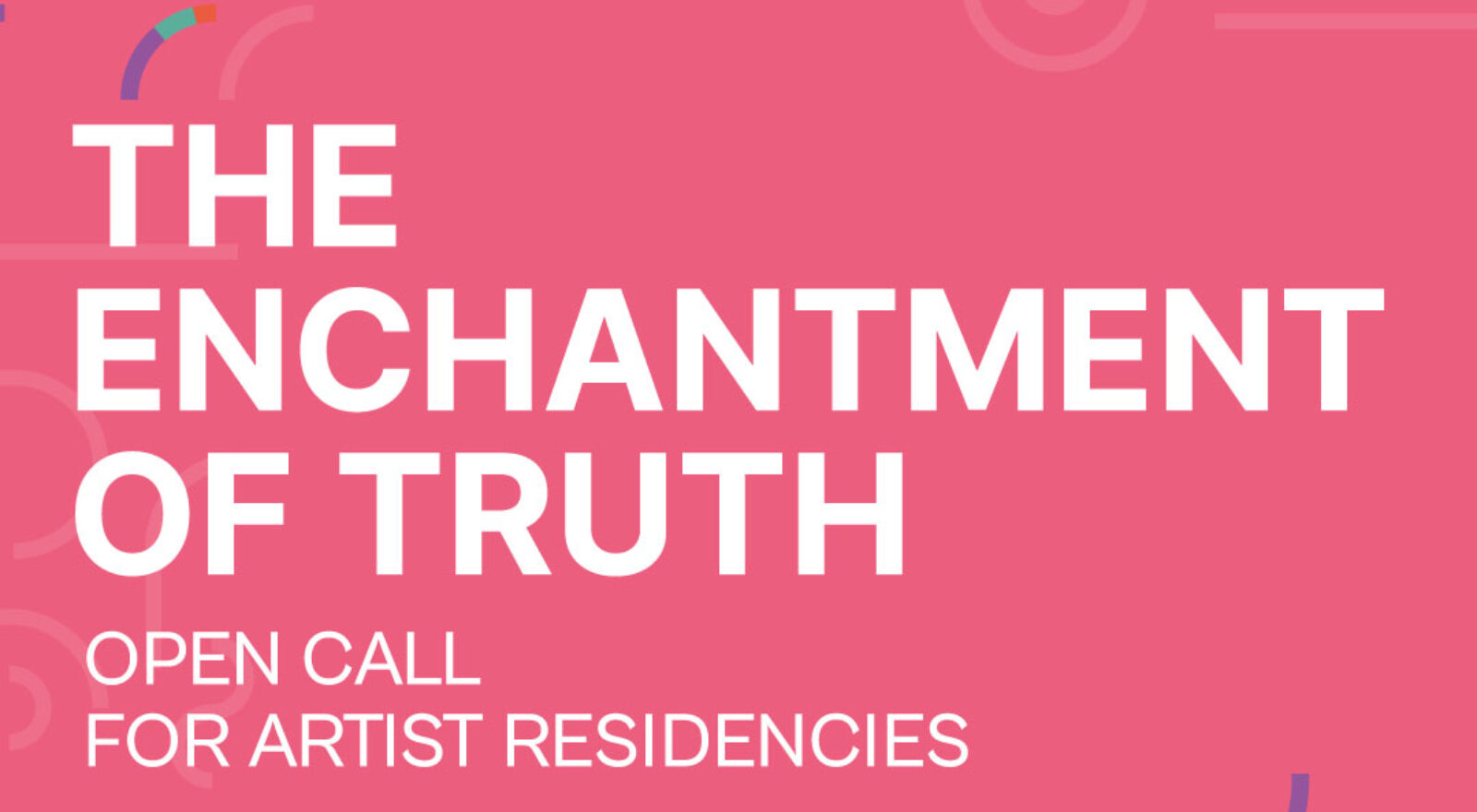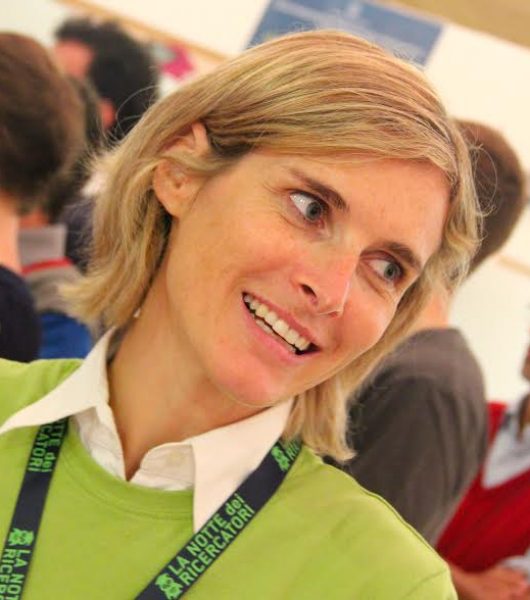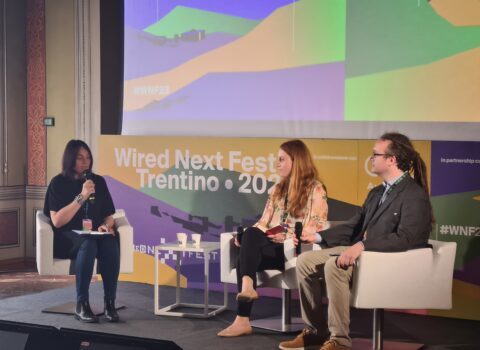
A call for artists to challenge conspiracies with wonder
The European Digital Deal consortium is seeking through its partner Sineglossa an individual artist or collective for a project on disinformation and the fascination of stories. Up for grabs 25,000 euros and an internship at Bologna's Tecnopolo.
As part of the European Digital Deal project co-funded by the Creative Europe program, the Sineglossa cultural organization, the project’s only Italian partner, is launching an international call for an artistic internship at the Tecnopolo Manifattura | Data Valley Hub in Bologna, home to some of the world’s most powerful High-Performance Computers and an international reference point for Supercomputing, Big Data and AI.
Up for grabs is 25,000 euros, an internship at Tecnopolo and other consulting and technical resources offered by partners CINECA Visual Lab and Fondazione Bruno Kessler.
The call for artists opened September 28 and will be closing November 30, 2023, and offers 12 internships in total, in the 12 countries of the project’s partner organizations.
Call details, the list of challenges issued by each organization, the application guide and form are available at the following link: https://ars.electronica.art/eudigitaldeal/en/open-call/
The enchantment of truth
The challenge issued by the European Digital Deal through Sineglossa is entitled “The enchantment of truth” and is open to individual artists and collectives who intend to reflect on the post-truth era, its consequences for our democratic values, and/or the design of systems that expose, or react to, these risks.
The idea of working with artists on the topic of disinformation stems from a series of reflections developed by Sineglossa from the novel The Q in Qonspiracy. QAnon and its surroundings by Wu Ming 1, published (in Italy, ed.) in March 2021 by Edizioni Alegre. The novel, in addition to telling the difficult, disturbing and twisted story of QAnon, outlines a phenomenology of the mythical workings of conspiracy fantasies. Namely, it recognizes that debunking practices can be effective if they contain both the appeal of stories and the kernel of truth. If, as Wu Ming 1 states, these two elements are necessary for an effective form of debunking, what if an artist were to take on this challenge? Several figures, experts in artificial intelligence, digital art, technology and public space – Wu Ming 2, Luca Baraldi, Ilaria Bonacossa, Sara Tonelli, Barbara Busi, – have addressed this question to define the challenge “The
enchantment of truth” published by Sineglossa in the call.
The call for applications is for artists who work with any media and address misinformation – both conveyed by AI and about AI itself – with reliable data, wonder, and stories. The use of generative AI – text, image, video, music, etc. – in the artwork is an element of preference, as is the description of the datasets used.
“We tend to be very concerned about possible malicious uses of AI to spread disinformation. However, we have little explored the potential of AI that, in the hands of artists, can become a tool to shed new light on the notion of truth in the information age”. (Sara Tonelli, Head of Digital Humanities @ FBK Digital Society Center)




